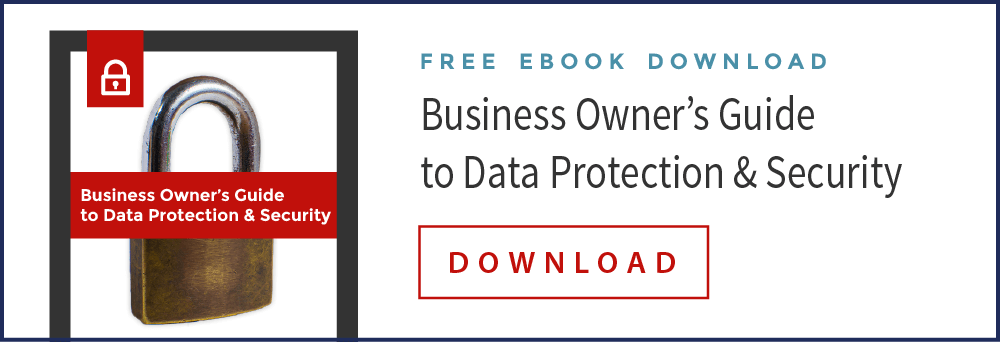Ransomware has become the new term that brings a myriad headaches to companies whenever the word comes up and is a huge threat to a company’s network security. As an ever-growing virus that allows a hacker to lock up a company’s network, it’s a new concept in technology kidnapping. In this case, the person behind the virus asks for a ransom to get your files back.
There isn’t any guarantee you’ll get your system unlocked after paying the ransom either. Some have, though it’s the worst possible risk you can take and potentially place you in financial jeopardy.
Since ransomware became a problem, it’s only attacked those using Windows. Now it’s invaded Macs, which was just waiting to happen. Experts say the Ransomware Mac virus is the ‘first of its kind’ and already brought significant trouble.
Regardless, Apple took immediate action to fight against this new ransomware variation. Given the name of “KeRanger”, it was quickly deemed fully functional and capable of encrypting files.
So what are the details behind how Mac managed to catch this? Also, what’s the real future of this insidious virus for all computers and businesses?
More Background on KeRanger

Apple has always done a good job in jumping on security threats and getting them resolved. Their action in this case involved revoking a digital certificate so it prevented the ransomware from taking over.
Creators of Transmission above also took swift action to remove their infected file. What’s slightly troubling is Apple declined to make any further comment about the ransomware and who exactly caught it.
With Apple frequently taking pride in Macs being immune to viruses, this security threat shows they aren’t completely invincible.
What happens now to those infected? And what does the future hold for ransomware going after Macs again?
The Ransom Behind KeRanger
Those who inadvertently downloaded the virus haven’t seen the worst of it yet. It apparently stays silent for several days, then hijacks files while asking for 1 bitcoin (which is $400) to unlock your system. That means at the time of this writing, those infected are just now seeing the aftermath and likely scrambling on what to do.
A small amount of people were apparently infected, yet some of those may have been businesses. Ransomware is already affecting businesses around the world, and the FBI can hardly keep up. It’s become so prevalent and challenging to track down that the FBI recommends businesses just pay the ransom to get files returned.
Because federal law enforcement can hardly stay on top of ransomware, what does it say about Apple and ransomware creators being one step ahead?
Can We Trust Apple?
Hearing silence from Apple might look
All of this can become averted in the first place when you have proper IT solutions in place. Through managed services, and networking support, things like ransomware can get scoped out easier.
Managed services work remotely to monitor your systems to assure everything going in and going out is safe. Using preventative measures, most of the worst problems already get eliminated.
Want to learn more about how to protect and prevent ransomware and other New IE security issues? Download our free resource, The Business Owner’s Guide to Data Protection & Security. You’ll learn practical steps that will provide solutions and help you decide how to manage the security of the data you hold.



